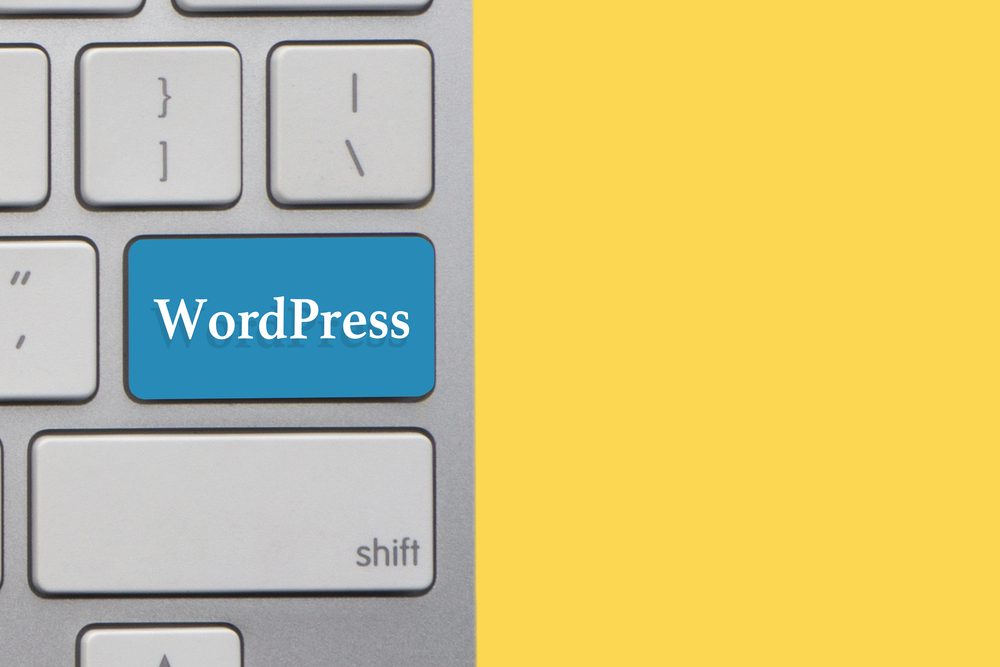
WordPress has become the go-to platform for building websites, thanks to its user-friendly interface and extensive customization options. However, optimizing your WordPress site for performance and maintenance requires a deeper understanding of the platform's capabilities. In this article, we will explore expert tips and tricks to help you optimize your WordPress (WP) site and take full control of its customization and maintenance.
Choose a Lightweight Theme
One of the key factors that determine your WordPress (the platform for bloggers) site's performance is the theme you choose. While there are countless beautiful and feature-rich themes available, opting for a lightweight theme can greatly improve your site's loading speed and overall performance. Look for themes that prioritize speed and efficiency, avoiding excessive use of scripts and stylesheets that can slow down your site.
Additionally, you can further optimize your chosen theme by using a child theme. This allows you to make customizations while keeping the main theme intact, making it easier to update when new versions are released.
Optimize Your Images
Images play a crucial role in engaging your website visitors, but they can also have a significant impact on your site's performance. Uploading large, high-resolution images can slow down your site and increase the loading time, which can lead to a higher bounce rate.
To optimize your images, consider using compression plugins that reduce file sizes without sacrificing quality. Additionally, always ensure that you resize images to match the dimensions required by your theme, rather than relying on HTML or CSS to resize them. This will help improve your site's performance and provide a seamless user experience.
Implement Caching
Caching is an effective technique for speeding up your WordPress (or WP) site by storing static versions of your pages. When a user visits your site, the cached version is served, eliminating the need to generate the page from scratch. This significantly reduces the server processing time and improves the overall loading speed.
There are several caching plugins available for WordPress that can help you implement caching with just a few clicks. Popular options include W3 Total Cache and WP Super Cache. These plugins offer various configurations and settings to optimize your site's caching, boosting its performance and responsiveness.
Optimize Your Database
Your WordPress (the blogging platform) database stores all the content, settings, and configurations of your site. Over time, it can become cluttered with unnecessary data, such as post revisions, spam comments, and unused plugins. Cleaning up and optimizing your database can significantly improve your site's performance.
Several plugins, such as WP-Optimize and WP-Sweep, can help you clean up your database effortlessly. These plugins allow you to delete unused data, optimize tables, and even schedule regular database optimizations for ongoing maintenance.
Opt for Lazy Loading
Lazy loading is a technique that defers the loading of certain elements on your web pages until they are actually needed. By implementing lazy loading, you can improve your site's loading speed, especially for pages with heavy media content.
Plugins like Lazy Load and Smush Lazy Load offer simple ways to incorporate lazy loading functionality into your WordPress site. These plugins automatically delay the loading of images, videos, and iframes until the user scrolls to their position on the page. This not only improves performance but also reduces bandwidth usage for your visitors.
Frequently Asked Questions
1. How can I improve my WordPress site's security?
Securing your WordPress site is crucial to protect it from potential threats. Some measures you can take include using strong passwords, regularly updating WordPress core, themes, and plugins, and installing a reliable security plugin like Sucuri or Wordfence. Additionally, enabling a web application firewall (WAF) can help block malicious traffic and ensure your site remains secure.
2. What is the best way to backup my WordPress site?
Regularly backing up your WordPress site is essential to safeguard against unexpected data loss. There are multiple backup solutions available, ranging from manual methods to automated plugins. Popular plugins like UpdraftPlus and BackupBuddy offer easy-to-use backup and restoration options, allowing you to schedule regular backups and store them externally, such as on cloud storage platforms like Dropbox or Google Drive.
3. How can I improve my WordPress site's SEO?
Improving your WordPress site's SEO is crucial for attracting organic traffic. To optimize your site for search engines, focus on providing high-quality content that includes relevant keywords. Optimize your titles, meta descriptions, and permalinks to make them search engine-friendly. Additionally, use an SEO plugin such as Yoast SEO or All in One SEO Pack to streamline your SEO efforts and get valuable insights for further optimizations.
4. How can I improve the mobile-friendliness of my WordPress site?
With the increasing use of mobile devices, ensuring your WordPress site is mobile-friendly is essential. Choose a responsive theme that adapts to different screen sizes and resolutions. Avoid using excessive elements or large file sizes that could negatively impact mobile loading speed. Additionally, regularly test your site's mobile-friendliness using tools like Google's Mobile-Friendly Test to identify areas for improvement.
5. What are the essential WordPress plugins for customization and maintenance?
While the plugin selection depends on your specific needs, there are a few essential plugins that can greatly aid in the customization and maintenance of your WordPress site. These include a backup plugin (e.g., UpdraftPlus or BackupBuddy), a caching plugin (e.g., W3 Total Cache or WP Super Cache), a security plugin (e.g., Sucuri or Wordfence), an SEO plugin (e.g., Yoast SEO or All in One SEO Pack), and a maintenance mode plugin (e.g., WP Maintenance Mode or Coming Soon Page & Maintenance Mode). These plugins cover crucial aspects of your site's performance, security, and maintenance.
By implementing these expert tips and tricks, you can optimize your WordPress site for superior performance, customization, and maintenance. Take control of your site's potential and provide a seamless user experience that keeps visitors coming back for more.
Other useful resources
- https://www.wordpress24plus.com/services/wordpress-development/